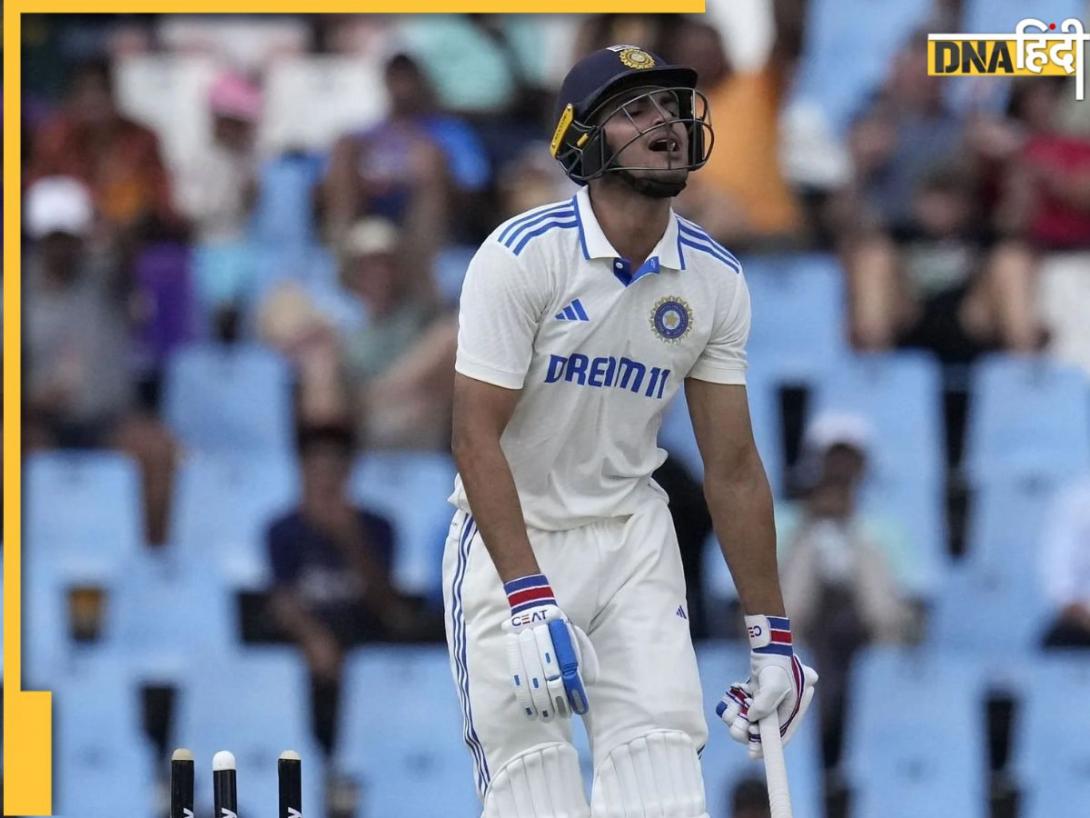- LATEST
- WEBSTORY
- TRENDING
CRICKET
T20 World Cup 2022: ICC warns participating teams to be aware of new playing conditions during the tournament
The T20 World Cup 2022 is starting on 16 Oct and will be played for almost a month. Sri Lanka and Namibia will play the first game of the tournament.
TRENDING NOW
With the T20 World Cup 2022 just a few days away, the International Cricket Council (ICC) issued a warning to participating teams on Wednesday (October 12) to be aware of the most recent changes to the 'playing conditions.
“In a format of small margins, these changes may become match-defining and deciding moments in Australia,” the apex body said in its official release.
The ICC announced a number of adjustments to the playing conditions earlier this year, which went into effect on October 1.
Five recent changes to the playing conditions that you need to keep an eye out for during #T20WorldCup 2022 https://t.co/nztgCWUBfV
— ICC (@ICC) October 12, 2022
The parent body warned the teams, support staff, and players to focus on five major changes throughout the competition.
Running out of the non-striker
While the form of dismissal has always existed, the relevant section of the game's statutes has shifted from the 'Unfair Play' section to the 'Run out' section. Whether it is due to a non-striker backing up too far or simply being out of their ground, the dismissal is practically the same as a stumping at the other end.
The controversy surrounding Deepti Sharma's dismissal of Charlie Dean during India's visit of England last month has focused attention on the law, with a number of England men's players vowing they will not attempt the dismissal. According to the text of the law, England would be effectively giving the opponent a competitive edge in this case.
Batters returning when caught
When a batter gets out caught, the next batter will come in at the conclusion of the striker, regardless of whether the batters crossed before the catch was taken. Previously, if the batters crossed before a catch was taken, the non-striker would strike the following ball while the new batter was at the non-striker's end.
According to the ICC, this may compel a rethinking of tactics, particularly at the death, with a lower-order batter joining a set top-order batsman at the other end. While a catch dismissing a lower-order player in the past may have moved the set player back to the striker's end for the following delivery, the new batter will now always be the player on strike.
The in-match over penalty
If a fielding team fails to bowl their overs by the allocated time, an additional fielder must be summoned inside the fielding circle for the remaining overs of the innings. Despite the fact that this shift occurred earlier in the year, teams are still adjusting to the new alterations. Bowling teams have been required to field an extra player inside the ring in death overs when the over rate is not maintained. With the extra fielder inside the ring being critical for the batting team, the ICC stated that matches may be controlled by this move.
This was recently experienced in India's and Pakistan's Asia Cup 2022 opener. Due to a poor over rate, Pakistan was compelled to keep an additional fielder inside the circle near the end of the run chase, allowing India to win by five wickets. This might make all the difference in a game of tight margins, and appears to be an adequate deterrent to not bowling overs in a timely way, warned the ICC.
The striker’s right to play the ball
Batters will now be required to have some part of their bat or person remain within the pitch. Should they venture beyond that, the umpire will call and signal a dead ball, and any ball which would force the batter to leave the pitch will also be called a no-ball. While it will be rare for this to happen at the T20 World Cup, there are hypothetical situations where this comes into play. For example, an attempted variation and change-ups from a bowler trying everything in their power to stop a world-class batter potentially could go awry, leading to a batter attempting to walk off the pitch to play the ball.
If this were to play out, a dead ball will be called, with a no-ball signal from the umpire, leading to a free hit on the next delivery, said ICC.
Unfair movement by the fielding side
While the official viewpoint on unauthorized fielder movement has not changed, the penalty for players who violate the law has been modified. Any fielder movement deemed unfair and purposeful as a bowler is running in to bowl now leads in the umpire awarding the batting side five penalty runs in addition to the delivery being a dead ball.
There are exceptions to this law, with minor adjustments and movement by the fielder towards the striker deemed legal. It is also worth noting that it is within the laws for a fielder to move in reaction to a shot a batter is playing mid-delivery. As an example of this would be Steve Smith’s close catch against Pakistan in an ODI back in 2014. Smith noticed Pakistan batter Fawad Alam shaping up for a sweep shot off a spin bowler, though moved across to leg slip from behind the wicketkeeper and completed a catch, said ICC.
The T20 World Cup 2022 is starting on 16 October and will be played for almost a month. The first match will be played on 16 October at Geelong Cricket Ground, Victoria. Sri Lanka and Namibia will play the first game of the tournament.







)
)
)
)
)
)
)
)
)
)
)
)
)
)
)
)



























































